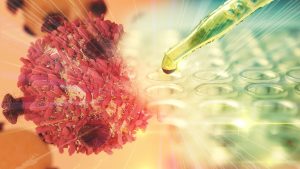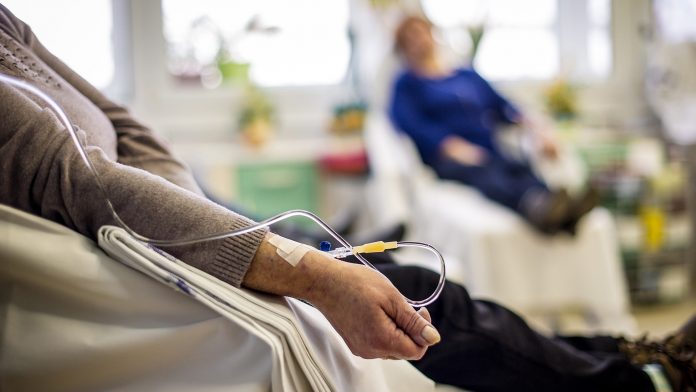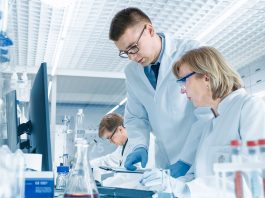A team of biomedical engineers from Brown University has developed a new hydrogel-based drug delivery system to enhance cancer treatments.
The new drug delivery system balances the acidic environment in a tumour and improves the fighting activity of cancer treatments.
The injectable hydrogel system acts as a buffer to the drug doxorubicin. It directly delivers it to malignant tumours, helping reduce unwanted side effects when the drug isn’t released directly in the targeted site.
“At its core, the research is about mitigating some of the critical problems we face in cancer treatment,” said Zahra Ahmed, lead study author and PhD student.
The study, ‘Increasing Chemotherapeutic Efficacy Using pH-Modulating and Doxorubicin-Releasing Injectable Chitosan-Poly(ethylene glycol) Hydrogels,’ is published in ACS Applied Materials and Interfaces.
There are significant issues with current cancer treatments
In the region known as the tumour microenvironment, several factors can negatively impact patient prognosis and the efficiency of cancer treatments.
One of the main problems is acidosis, where the tumour environment becomes more acidic, and pH levels plummet.
In patients with cancer, this increases the likelihood of metastasis, through which the cancer spreads to other parts of the body. It also significantly reduces the effectiveness of cancer treatments.
For instance, doxorubicin – a leading form of chemotherapy- in acidic environments – goes through ion trapping. Essentially, the drug gets trapped by the acidic environment outside the cells and can’t penetrate inside them, which prevents it from killing the cancer cells.
Doxorubicin is toxic, and when administered through the current practice of intravenous delivery, it doesn’t discriminate between cancer cells and non-cancerous healthy cells, leading to significant side effects.
Until now, there has been no method to directly balance acidic pH levels in cancerous tumours.
The new drug delivery system uses hydrogel to balance pH levels effectively
Initial lab tests on breast cancer cells using the new drug delivery system show that the method effectively enhances cancer treatments.

The hydrogel acts as a buffer and uses the sodium bicarbonate to increase the pH level, which causes the chemotherapeutic power of doxorubicin to kill the cancer cells by a factor of two to three.
Ahmed explained: “We’re trying to develop a method to deliver doxorubicin locally but also mitigate acidosis simultaneously.
Describing the step-by-step progression when studying hydrogels, Vikas Srivastava, head of one of Brown’s School of Engineering labs, commented: “When we had success in pH regulation using hydrogels, which has been shown to reduce metastasis in certain cancers, we then began figuring out how to get a sodium bicarbonate delivery system to a precise tumour location.
“We formulated an injectable hydrogel to be locally delivered and regulate the tumour environment’s pH. We then wondered if we could also simultaneously deliver an effective cancer treatment.”
He concluded: “We’ve done all these things together to a great effect and have shown promising results on two cancer cell lines.”
The future of hydrogels in treating medical conditions
The researchers developed a biocompatible hydrogel as their drug delivery system because of their growing use and versatility.
They are used for manufacturing contact lenses, hygiene products, drug release, and medical dressings.
Next in this line of research, the team hopes to apply its combined pH regulating and therapeutic delivering hydrogel system in pre-clinical settings and go from experiments in test tubes to human patients undergoing cancer treatments.









